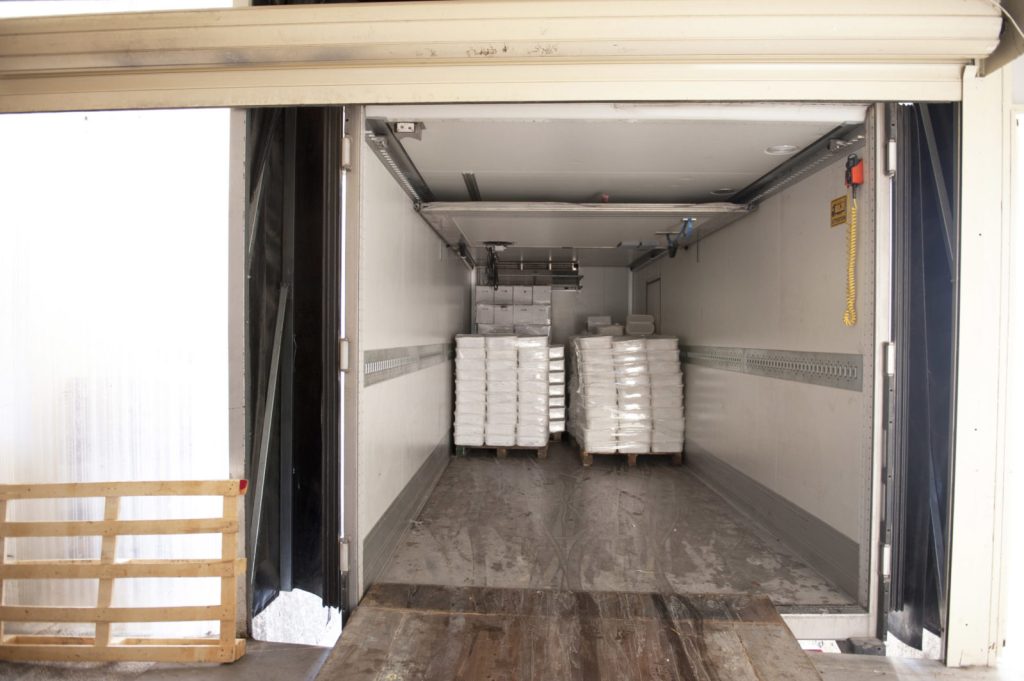When it comes to shipping LTL there are two methods to consider — consolidated and hub and spoke. Here we break down the two so you can choose the best option for your next LTL shipment.
Consolidated Shipping
For some, LTL consolidation is a top choice since it can simplify the shipping process. During the process of consolidation, LTL shipments heading to similar locations are combined at consolidation warehouses. In the consolidation warehouse, multiple LTL shipments from various shippers that are going to similar locations are combined and loaded into the same truck. From there, the freight will remain on one truck until they arrive at their ultimate destination. Essentially, consolidated shipping is a way of taking LTL shipments and turning them into a multi-stop truckload shipment.

When to Use Consolidated LTL
- If you have regular shipments headed in the same direction that are not too far apart.
- If you are shipping expensive but fragile freight.
- If you have very precise delivery schedules that must be adhered to.

Advantages of Consolidated
Cost Effective: Rates can be negotiated with the carriers and you only pay for the space that you take up on the trailer. Especially if you are shipping larger quantities, consolidating can save a considerable amount of money.
Less Handling: Most consolidated freight will only need to be unloaded/loaded once or twice during shipping. Since the freight is loaded with other freight traveling to a similar destination, there is no need to unload it until it reaches the destination.
Fewer Claims: Since your freight won’t need to be touched or moved around too much, there is less chance of damage.
Disadvantages of Consolidated
Planning Ahead: Since these loads are generally larger, it is necessary to give the LTL service time to plan the correct number of trailers to accommodate your load.
Less Capacity: Because of the added complexity of multiple loads in the same truck, some carriers shy away from this method.
Hub and Spoke Shipping
Hub and spoke is how many LTL carriers transport freight and considered to be the traditional method for LTL delivery. With hub and spoke, your freight is picked up and taken to the local terminal or “spoke”. Freight with similar destinations are combined on the same truck and transported to a larger regional distribution center, or “hub”, where the freight is transferred again. This process remains the same until the shipment is delivered to its destination.
When to Use Hub and Spoke
- If you have small dense shipments.
- If you do not have a firm delivery schedule.
- If you have one-off shipments.
- If your freight does not require special attention

Advantages of Hub and Spoke
Regular Deliveries: With Hub and Spoke, LTL shipments are constantly on the move and never held in a warehouse. Thus, resulting in multiple small deliveries instead of one consolidated shipment.
Faster Pick Ups: In most cases, LTL shipments can be picked up on the same or next day. This can be very advantageous for just-in-time shippers.
Short Distance Effectiveness: Larger national and regional carriers with established transportation networks are capable of moving freight short distances in a day or two.
Disadvantages of Hub and Spoke
Longer Delivery Times: Due to the nature of moving freight from one terminal to another across the country, shipments can take a considerable amount of time to be delivered.
Increased Damages: Since shipments involve more handling between multiple terminals, the chance for damages is more likely.
Still not sure which LTL shipping method is right for you? Our experts are ready to assist you and able to answer any questions you may have. Reach out today and let us help you with any of your shipping challenges.
